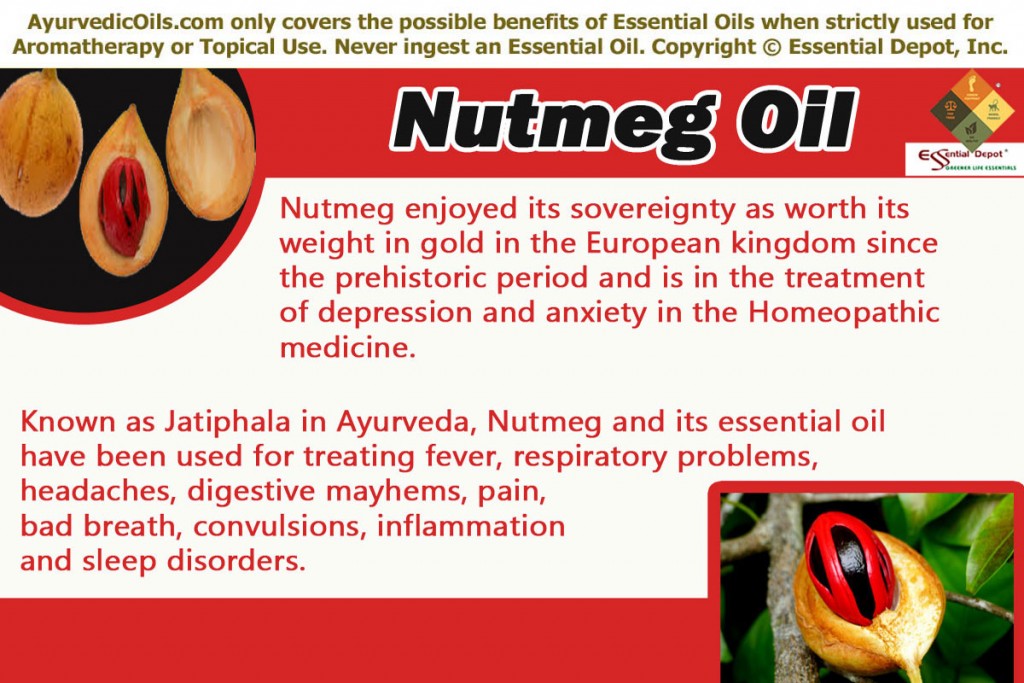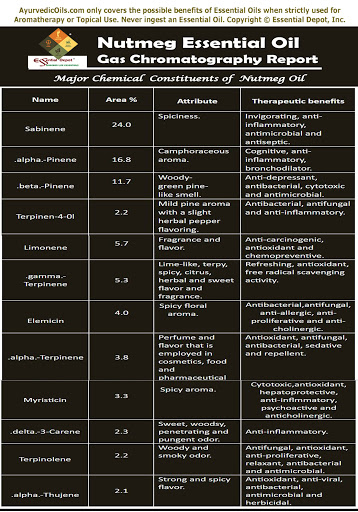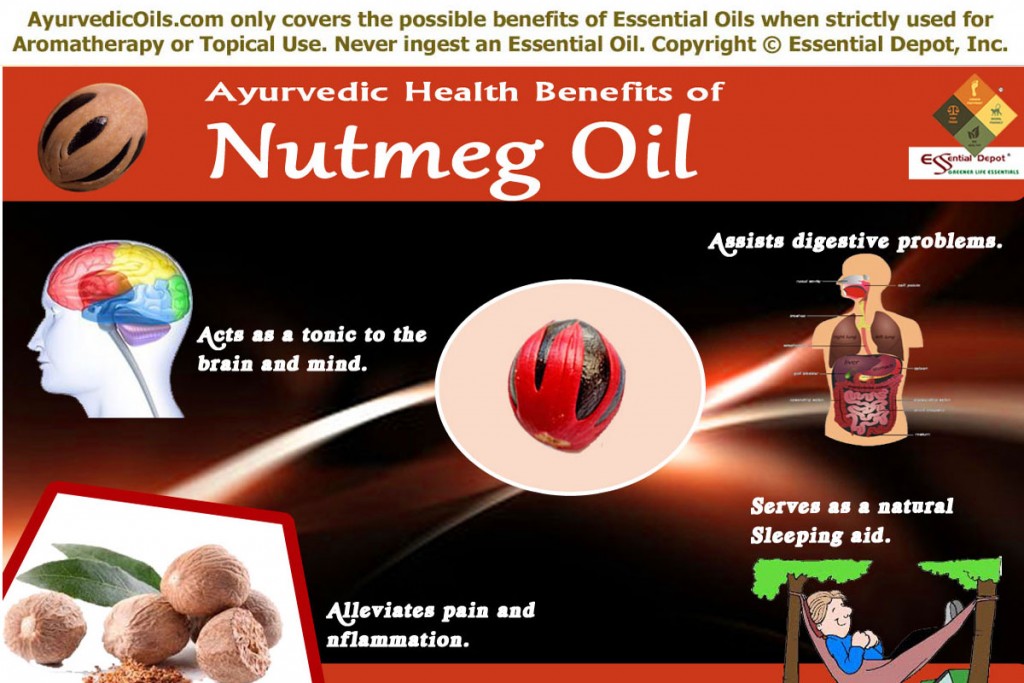Atopic dermatitis, commonly known as Eczema is the most predominant skin problems in the world. The term ‘Eczema’ is extracted from the Greek word ‘ekzein’, which means ‘to boil out’. Eczema is a chronic skin disorder that makes the skin dry, itchy, cracked, scaly and reddened.
It is an auto-immune disease that affects people of both the gender and many of the General Practitioners say that the number of persons diagnosed for eczema is gradually increasing every year especially in North America, Western Europe, Australia and Southeast Asia. Ayurveda, the ancient healing system considers eczema as a symbol of imbalance in the human body for which it suggests the use of enriching Ayurvedic essential oils along with herbs, yoga, meditation and following an Ayurvedic routine.
Causes of Eczema: Thousands of reasons can be attributed to this auto-immune disease but eczema is said to worsen due to mental stress. Research studies also say that Eczema is common in children and numerous children who are affected by Atopic eczema also have the chances of developing asthma.
The exact reason for eczema is still not known yet the major causes of eczema are hereditary reasons, environmental factors, food and other dietary concerns, agents that cause dermatitis or eczema also known as allergens, the effect of chemical substances present in skin care products, detergents and toiletries, pet fur and much more. A reliable research done by a group of allergy experts reveal that eczema is on the rise especially in children between 6 and 7 years old in developing countries.
Symptoms of eczema: Eczema is a long-term disease that requires intense treatment. When left unnoticed, eczema gets aggravated and may lead to other serious conditions. The most prevalent symptoms of Atopic dermatitis are:
- Dry, broken and cracked skin on the body mainly legs, arms, neck, back of the ears, hands, kneels, face, wrist, upper chest and eyelids.
- Itchy, reddened, swollen and inflamed skin on the affected areas. This gets worsened in the night time and prolonged itching might end up in thickened and raw-looking skin.
- Reddish or pale brown color patches appear on the skin and may develop small bumps and blisters.
- In the extreme cases skin becomes hot, scaly, extremely dry, and sensitive. It starts oozing liquid and will attract other infections due to bacteria and other harmful foreign bodies.
Ayurveda and eczema: Eczema is termed as Vicharchika in Ayurveda. It is said that the imbalance of all the three doshas namely vata, pitta and kapha cause eczema. This skin disorder due to vata imbalance causes extreme dryness and induces severe pain and itching on the affected part. Eczema due to pitta vitiation causes burning sensation and induces oozing from the bumps whereas Kapha predominant eczema makes the skin thick along with oozing and swelling. Ayurveda is a holistic healing science that considers every individual unique with a unique constitution. Though eczema is a universal disease, Ayurvedic treatments for this disorder is specific to an individual’s physical, mental, social, environmental and spiritual set up.
Ayurvedic remedies for Eczema: Ayurvedic experts state that ‘Vicharchika’ occurs mainly due to the human body’s incapability to generate enough moisture in the skin and the abridged functioning of the immune system and the imbalance of the doshas. Ayurvedic treatments recommend keeping yourself away from those food items that are sour or salty as these can intensify your eczema. Adding turmeric, coconut, avocado, yogurt, ghee, butter to your diet has the potential to improve your skin by reducing inflammation and increasing the moisture in the skin. Ayurvedic herbs like licorice and valerian root soothes the nerves and promotes the physical balance of your body.
Turmeric is an excellent antiseptic and a renowned Nutritionist and Chinese Herbalist Daniel C. Luthi in his extensive research on Atopic Dermatitis says that the yellow pigment known as Curcumin present in Turmeric has anti-inflammatory properties and is an excellent remedy to inhibit the release and production of leukotrienes and other mediators that are inflammatory and helps in removing the toxins from the body that cause eczema and other skin disorders.
Ayurvedic oils for Eczema: Essential oils are the purest form of oils and are perfect in healing numerous skin disorders including eczema. The best recommended Ayurvedic essential oils for eczema are Lavender essential oil, Patchouli essential oil, Rosemary oil, Tea tree oil, Cypress oil, Thyme oil, Cedarwood oil, Chamomile oil and Palmarosa oil.
Physicians from the Pacific Institute of Aromatherapy in California suggest the use of a natural blend of essential oils for eczema. This blend contains 1 ml of Lavender oil and Palmarosa oil along with 10 ml of calophyllum diluted in Rose Hip Seed oil (6 teaspoons). Topical application of this blend on the affected areas will stimulate repair of cells and gradually reduce itching.
Adding few drops of Evening primrose oil to your bath tub or when used as medicated oil increases the level of omega fatty acids lacking in people affected by eczema. This oil contains gamma-linolenic acid known as GLA, which is frequently used to treat people with such skin conditions as it checks skin inflammation and allergy while evading the conversion process.
In the popular book named ‘Aromatherapy Workbook’, Shirley Price suggests the use of Frankincense essential oil, Myrrh essential oil, Hyssop essential oil for weeping eczema and Juniper essential oil and Geranium essential oil for normal eczema. Carrier oils like Borage oil, Almond oil, Calendula oil are also recommended for treating eczema.
Along with these Ayurvedic treatments, practicing simple Yoga and meditation can calm your senses, soothes your nerves and brings in tranquility to your mind thus lessening the severity of eczema.
Thought for the day:
Glamour is about feeling good in your own skin. -Zoe Saldana
Suggested reading:
- Absolute Beauty: Radiant Skin and Inner Harmony Through the Ancient Secrets of Ayurveda By Pratima Raichur, Mariam Cohn
- Aromatherapy for Eczema By Miriam Kinai
- New Choices in Natural Healing: Over 1,800 of the Best Self-Help Remedies from the World of Alternative Medicine By Doug Dollemore
Reference links:



